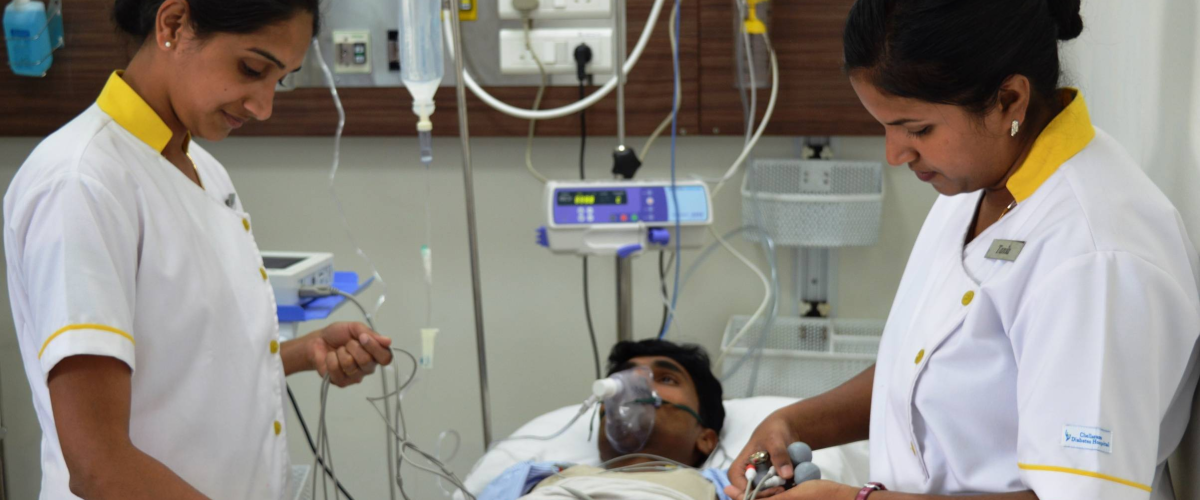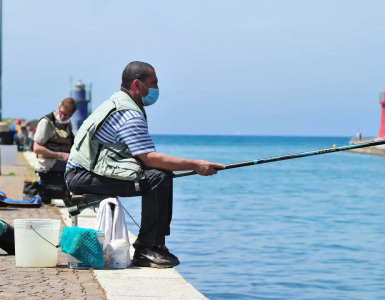With many people traveling around the holidays, we wanted to answer the following question for people with diabetes: I enjoy traveling, but worry about successfully managing my diabetes. How can I be in control while I’m away?
When you’re traveling with diabetes, you need to do a little more planning ahead before you go. The following tips should help ease your concerns and allow you to travel with peace of mind.
- Pack at least twice as much medication and supplies as you will need in a separate, clear plastic bag in your carry-on bag. This is your “travel kit.”
- Pack healthy snacks.
- Stay active on your trip.
- Remember to choose healthy food options when eating out so you feel good.
- If changing time zones, be sure to update the time on your insulin pump, blood sugar meter and/or continuous glucose monitor (CGM).
- Have your medical ID with you at all times.
What to bring
Your special travel kit should include the following things:
- Insulin, medications, syringes, pump supplies and batteries
- CGM supplies, blood sugar and urine testing supplies
- Extra batteries
- Prescriptions for all medications and supplies
- Glucagon emergency kit
- ID and diabetes identity card
- Healthy snacks such as nuts, fresh fruit and pre-cut vegetables, packs of crackers or cheese or peanut butter crackers
- A form of quick acting sugar (hard candy or glucose tablets) to treat low blood sugar
When flying
Keep your travel kit in your carry-on bag if you are traveling by air.
Be sure to visit the Transportation Security Administration (TSA) website for updates before heading to the airport. This is so important because TSA regulations can change on a daily basis.
According to the TSA, all items needed for your diabetes care are allowed through the checkpoint once they have been properly screened by security. You should declare these items and separate them from other belongings before the security screening begins. Have them in your special travel kit.
If you use an insulin pump and/or CGM, you can be screened without disconnecting from the device. According to the makers of insulin pumps and the CGM, these devices should not be worn through imaging technology or go through X-ray while in a carry-on bag.
Screening should be conducted either by pat down or use of a metal detector. It is important that you inform the TSA officer about your pump or CGM prior to your screening process.
When driving
If traveling by car, make sure you go to a rest stop every two to four hours to get out and walk and stretch your body for healthy circulation.
Keep your travel kit within reach for easy access when you need it. And remember that medications, especially insulin, need to be protected from extreme temperature changes and sunlight so an insulated container may be a good investment.
Once you have all of this in order, it’s time to enjoy your trip!















